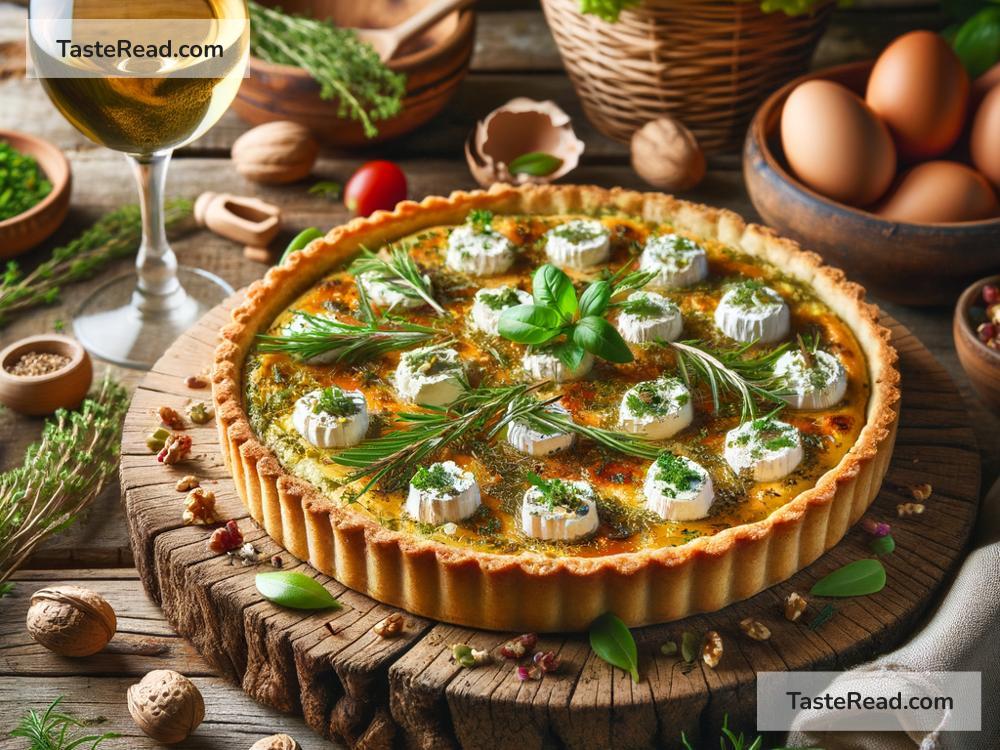Cooking with Sustainable Dairy Products Like Goat Cheese
In recent years, there’s been a growing emphasis on sustainability. From the clothes we wear to how we commute, many of us are trying to make choices that are kinder to our planet. An often-overlooked aspect of this eco-conscious shift is the food we eat, particularly dairy products. Among these, goat cheese stands out as not only a delicious option but also a sustainable one. Let’s delve into why incorporating goat cheese into your cooking is an excellent choice for both the environment and your taste buds.
Why Goat Cheese?
Goat cheese, also known as chevre, is made from goat’s milk. It has a unique, tangy flavor and a creamy texture that can enhance both sweet and savory dishes. But it’s not just the taste that makes goat cheese a desirable choice; it’s also its sustainable credentials.
Goats require less space and food than cows, making them a more eco-friendly source of dairy. They can thrive in conditions that would be challenging for cows, contributing to their status as a sustainable option. Moreover, goats are less likely to be part of industrial farming practices, which often have a significant environmental footprint.
The Nutritional Bonus
Opting for goat cheese over other dairy products isn’t just good for the planet—it’s also a healthy choice. Goat cheese contains fewer calories and fat than many cow’s milk cheeses while offering a good dose of protein, vitamins, and minerals. Additionally, for those who are lactose intolerant, goat cheese can often be more easily digested due to its lower lactose content.
Cooking with Goat Cheese
Now that we’ve covered the why let’s dive into the how. Incorporating goat cheese into your meals can add a delectable twist to familiar dishes. Here are a few simple and sustainable ways to use goat cheese in your cooking:
1. In Salads:
A crumble of goat cheese can elevate a simple salad to a gourmet experience. Its creamy texture and tangy taste pair well with crisp greens, fresh fruits like strawberries or pears, and a sprinkle of nuts. Dress it up with a vinaigrette, and you’ve got a salad that’s anything but ordinary.
2. On Pizzas:
Swap out the traditional mozzarella for goat cheese on your next pizza night. Whether you’re making a veggie pizza loaded with bell peppers, onions, and olives, or a simpler margarita, goat cheese adds a flavorful twist that complements both meat and vegetable toppings.
3. In Pasta Dishes:
Stir some goat cheese into your pasta sauces for a creamier texture and a richer taste. Whether it’s a tomato-based sauce or a pesto, the addition of goat cheese can turn a weekday dinner into a dish that feels indulgent.
4. As a Spread:
Blend goat cheese with herbs, garlic, or sun-dried tomatoes to create a delicious spread for crackers, sandwiches, or wraps. It’s a straightforward way to add a punch of flavor and a boost of protein to your meals.
5. In Baking:
Yes, you can even bake with goat cheese! It works wonderfully in savory scones, quiches, or as a filling for pastries. Its melt-in-the-mouth texture and rich flavor can make your baked goods stand out.
Supporting Sustainable Farming
By choosing goat cheese, especially from local farms or farmers’ markets, you’re not just treating yourself to a tasty product; you’re also supporting sustainable farming practices. Many goat cheese producers are small-scale farmers who prioritize the welfare of their goats and the health of their land. By buying their products, you’re helping to sustain these ethical practices.
Conclusion
Incorporating goat cheese into your cooking is more than a culinary adventure—it’s a step towards more sustainable eating habits. With its delightful flavor, health benefits, and eco-friendly credentials, goat cheese is a wonderful addition to any meal. So next time you’re at the grocery store, consider reaching for the goat cheese. Your palate and the planet will thank you.


